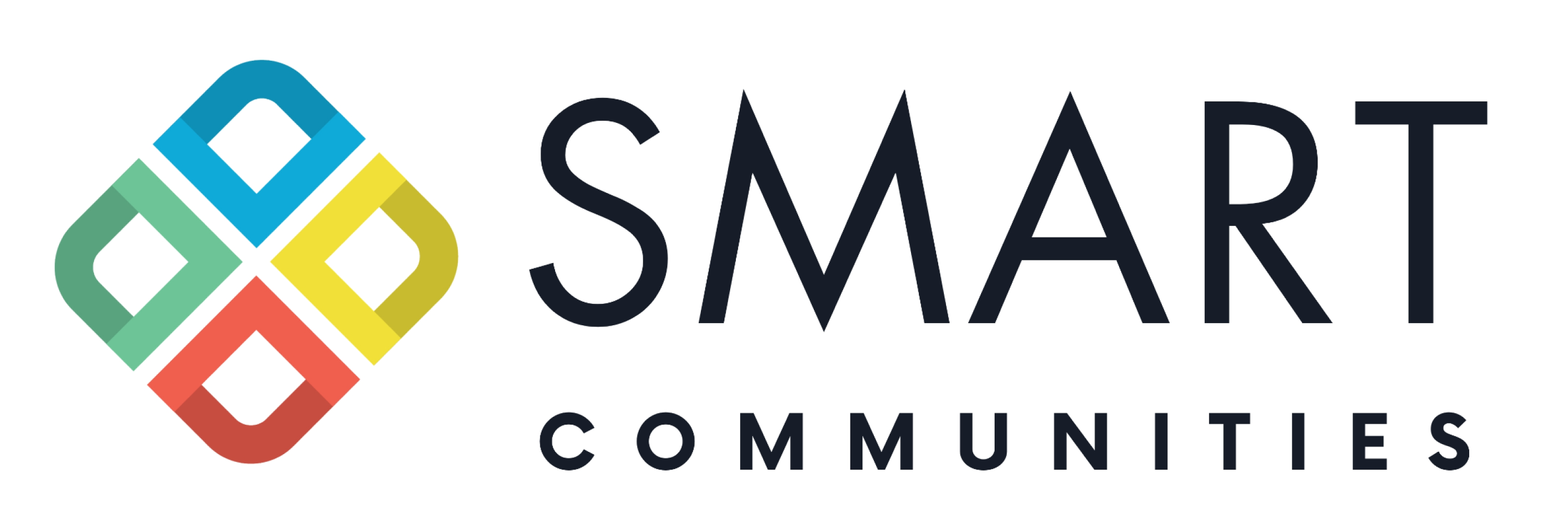
The Role of Tech-Enabled Accessibility in Creating Inclusive and Livable Communities
In today’s digital age, technology has the power to transform communities and make them more inclusive and livable for all individuals, including those with disabilities. Tech-enabled accessibility solutions have revolutionized the way we approach accessibility, breaking down barriers and creating equal opportunities for participation.
- Breaking Down Physical Barriers
Tech-enabled accessibility solutions are breaking down physical barriers, making public spaces and infrastructure more accessible for individuals with disabilities. For example, the use of ramps, elevators, and automatic doors in buildings ensures that people with mobility impairments can navigate freely. Additionally, technologies such as tactile paving and audible crosswalk signals assist individuals with visual impairments in safely crossing streets and navigating public spaces.
Furthermore, the advent of smart city technologies has led to the development of innovative solutions like smart parking systems and real-time transportation information. These technologies enable individuals with disabilities to easily find accessible parking spots and plan their journeys using accessible modes of transportation. By breaking down physical barriers, tech-enabled accessibility solutions promote independence, mobility, and equal access to public spaces for all community members.
- Enhancing Communication and Information Access
Tech-enabled accessibility solutions are revolutionising communication and information access for individuals with disabilities. For example, screen readers and text-to-speech software enable individuals with visual impairments to access digital content and navigate websites. Similarly, captioning and sign language interpretation in videos and live events ensure that individuals with hearing impairments can fully participate and understand the information being presented.
Furthermore, the rise of social media platforms and digital communication tools has provided new avenues for individuals with disabilities to connect, share their experiences, and advocate for their rights. Online communities and support groups allow individuals with similar experiences to come together, share resources, and provide mutual support. Tech-enabled accessibility solutions in communication and information access empower individuals with disabilities to be active participants in their communities and have their voices heard.
- Promoting Inclusive Education and Employment
Tech-enabled accessibility solutions are transforming education and employment opportunities for individuals with disabilities. Assistive technologies, such as screen magnifiers, speech recognition software, and alternative input devices, enable students with disabilities to access educational materials, participate in class activities, and complete assignments. Online learning platforms and virtual classrooms provide flexible and inclusive learning environments, accommodating the diverse needs of students with disabilities.
Similarly, in the workplace, tech-enabled accessibility solutions ensure equal opportunities for individuals with disabilities. Accessible software, ergonomic workstations, and assistive devices enable employees with disabilities to perform their tasks effectively and efficiently. Remote work options and teleconferencing tools also provide flexibility and accessibility for individuals with disabilities, removing barriers to employment and promoting inclusivity in the workforce.
- Fostering Social Inclusion and Community Engagement
Tech-enabled accessibility solutions play a crucial role in fostering social inclusion and community engagement for individuals with disabilities. Social media platforms and online communities provide spaces for individuals with disabilities to connect, share experiences, and build supportive networks. These platforms also enable individuals with disabilities to participate in social and cultural activities, access information, and engage with their communities.
Additionally, virtual reality (VR) and augmented reality (AR) technologies are creating immersive and inclusive experiences for individuals with disabilities. For example, VR simulations can provide individuals with mobility impairments the opportunity to virtually explore inaccessible locations and participate in activities they may not be able to access physically. AR applications can provide real-time information and navigation assistance for individuals with visual impairments, enhancing their independence and mobility in public spaces.
Tech-enabled accessibility solutions are revolutionising communities by breaking down physical barriers, enhancing communication and information access, promoting inclusive education and employment, and fostering social inclusion. By embracing these solutions, communities can create a more inclusive and livable environment, where individuals with disabilities can fully participate, contribute, and thrive.

Smart Communities uses technology to foster collaboration, knowledge sharing, and inclusive development. It connects communities, organisations, and local businesses. Smart Communities uses technology to overcome geographical barriers, enabling real-time communication and knowledge exchange. Smart Communities recognises the importance of cultural diversity and actively works to create an inclusive environment where diverse perspectives are valued.
How useful was this post?
Click on a star to rate it!
Average rating 5 / 5. Vote count: 4
No votes so far! Be the first to rate this post.

